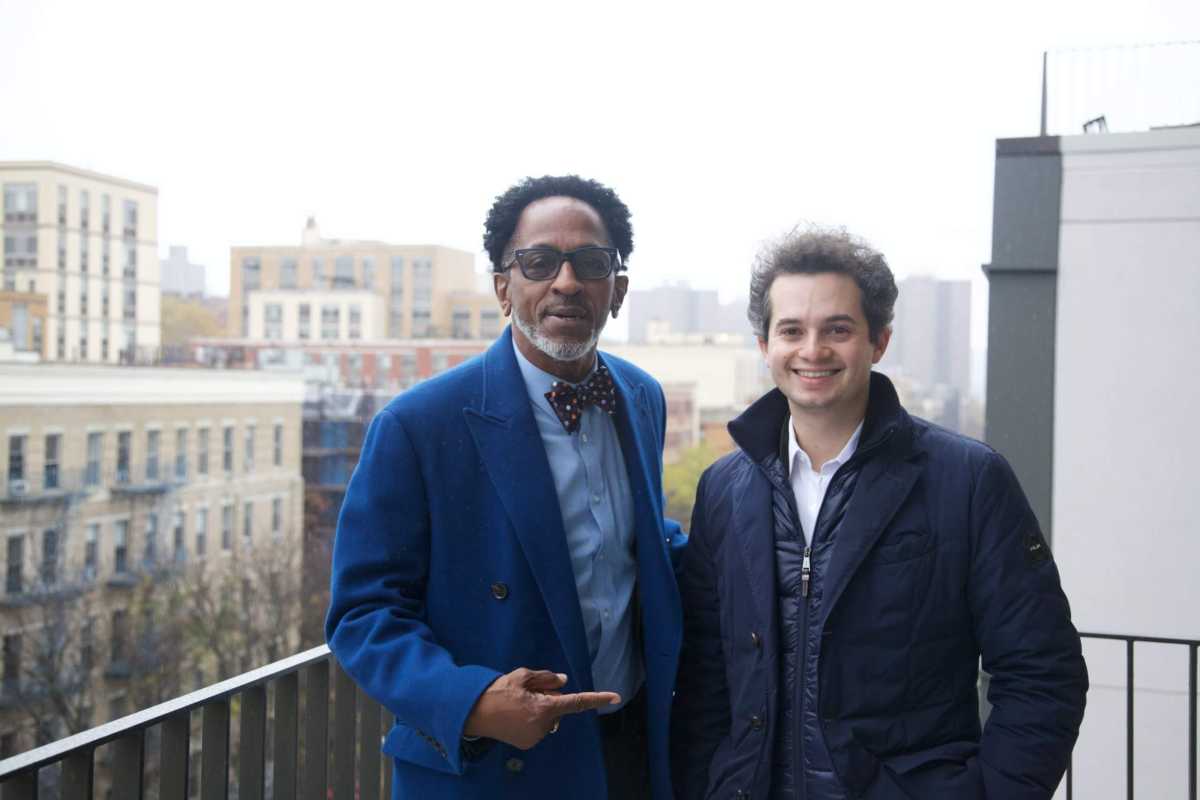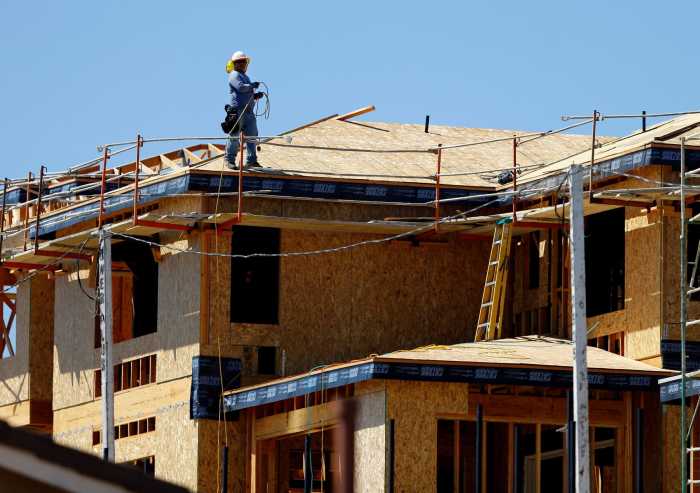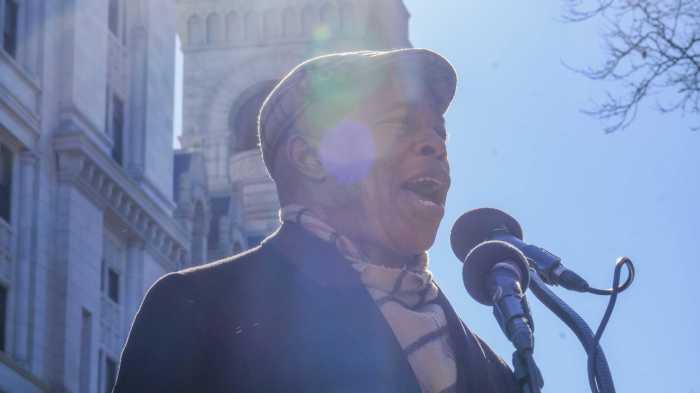After announcing his bid to challenge Harlem Councilmember Kristin Richardson Jordan for her seat in 2023 last week, this Wednesday Assemblymember Al Taylor vented criticism for an expired development tax break at an event where he coronated a new building the policy helped create.
The remarks came at a ribbon cutting ceremony for a new mixed-income building that Haussmann Development recently opened at 2750-2754 Frederick Douglass Blvd. in Harlem, a project that is offering affordable units through the 421-a incentive that offers a post-construction tax exemption for developers.
Surrounded by the building’s developer, contractors and their associates right before cutting the celebratory ribbon, Taylor heralded the arrival of the building and its commitment to affordable housing.
“If what I have understood to be correct, this is really affordable housing,” Taylor said in his opening remarks.
The building will offer 30 percent of its units at affordable rates — nine total — at rent levels for those making 130 percent area median income, which boils down to over $2,300 per month for a one-bedroom apartment, according to its developer Joseph Goodman, the principal at Haussmann Development.
After praising the new building’s affordability during the ceremony, Taylor turned on the tax break during a tour of one its units, calling the rents outlined by 421-a unaffordable to the average Harlem resident.
Taylor said he thought 421-a — the tax break that Albany legislators declined to renew this past year, which determined the affordability of the building he was presently touring — was not coming back because it did not do enough for low-income renters.
“It’s a bitter pill. It looks like it’s more beneficial for developers than the average person,” Taylor said.
He went on to tell amNY that in Harlem 421-a buildings tended to attract residents of the Upper West Side rather than existing neighbors.
“When they did the AMI, the folks that came to the community primarily were not Harlemites for the most part. They may have lived in [nearby] ZIP codes and this became the place you want to live because it was affordable. But when you say affordable, affordable to whom?” he said.
When asked if that applies to the 130 percent AMI units in the building he had just celebrated, which used the 421-a metric that creates the largest number of affordable units at the highest eligible rent, Taylor resumed praise for the building.
“This affordability is real,” Taylor insisted. “So how do we duplicate this and bring people to the table?”
Affordable to Harlemites or not, the building has generated considerable interest. Around 6,500 people applied for the nine affordable housing spots, Goodman said.
“It’s harder to get into Harvard, than it is to get one of these affordable housing units,” he told amNY.
Beyond the modern gray-brick facade, the building includes a gym, a rooftop terrace and storefronts on the ground level, which will be rented out to a minority-owned urban grocer and nail salon.
“Thank you guys for having the wisdom to come up here and do this,” Taylor said in closing.



































